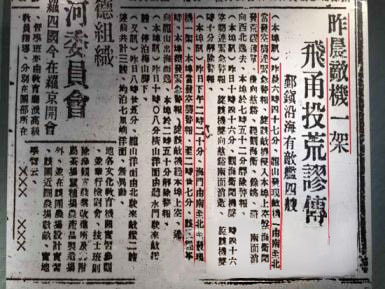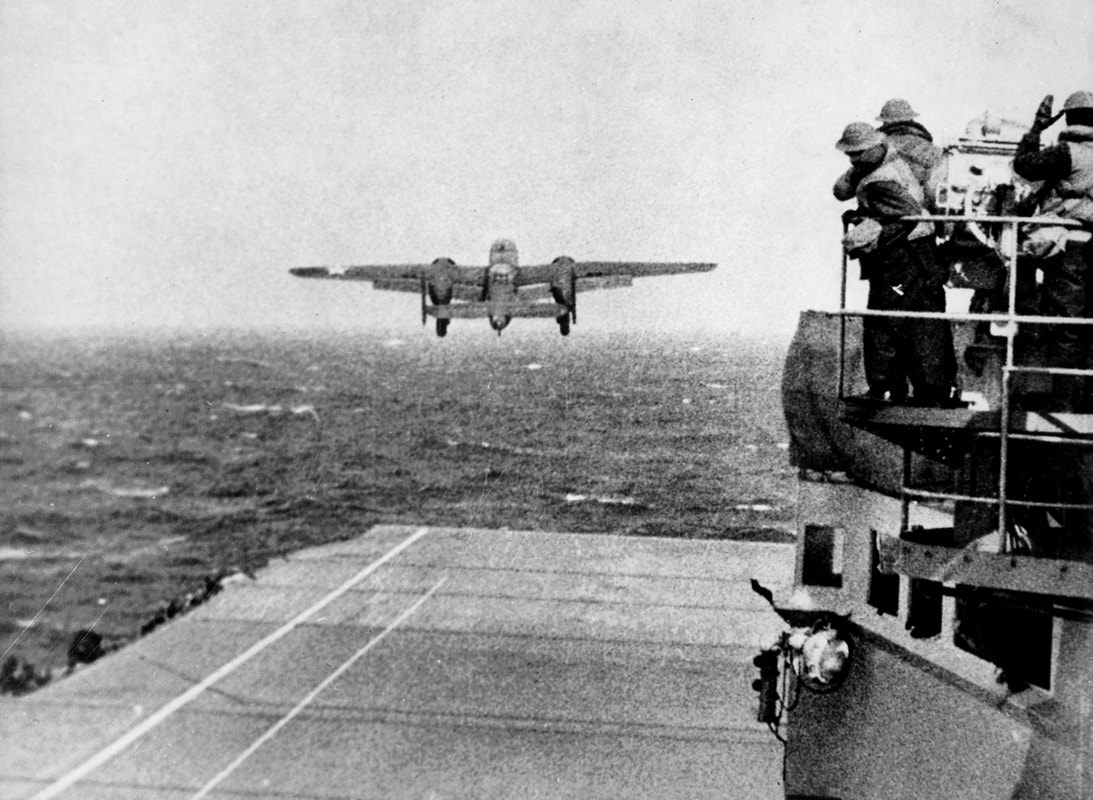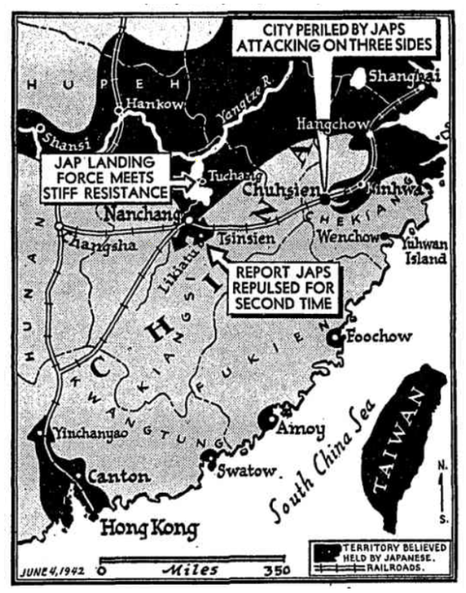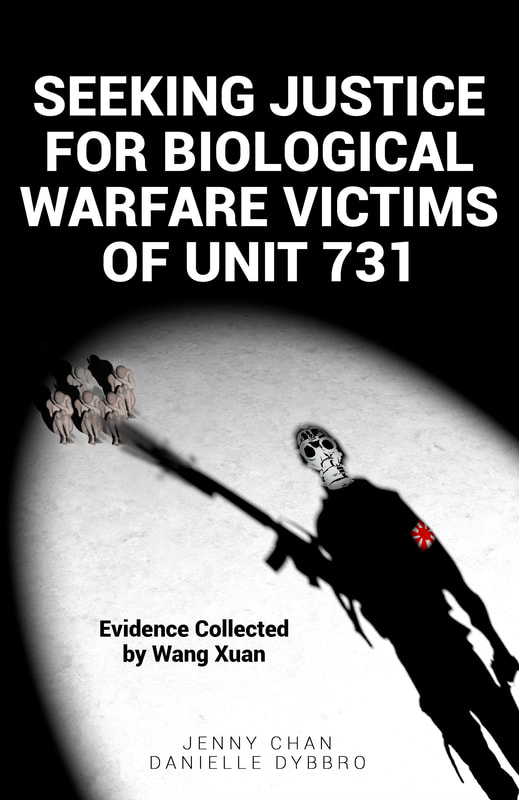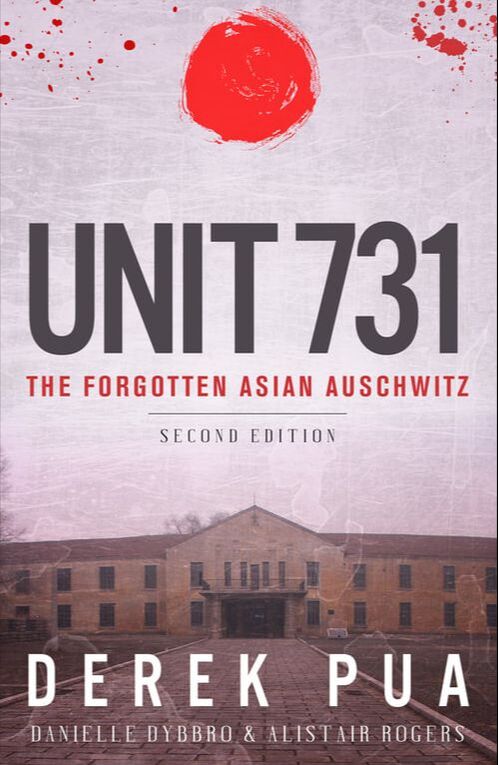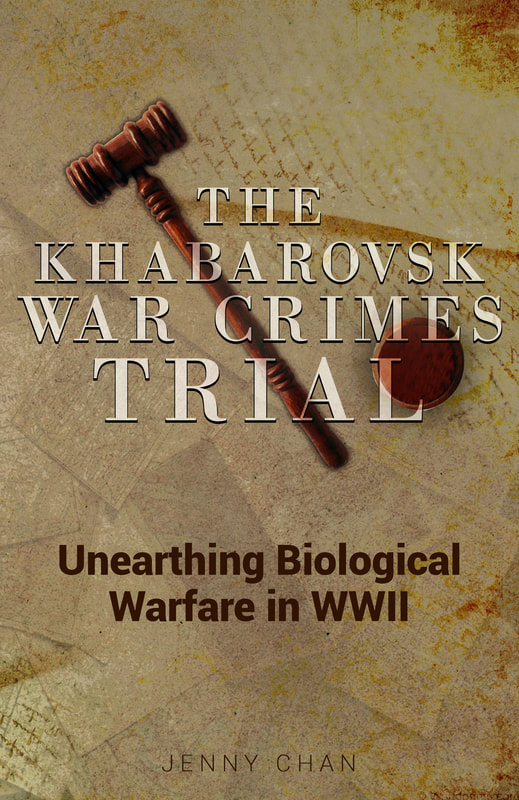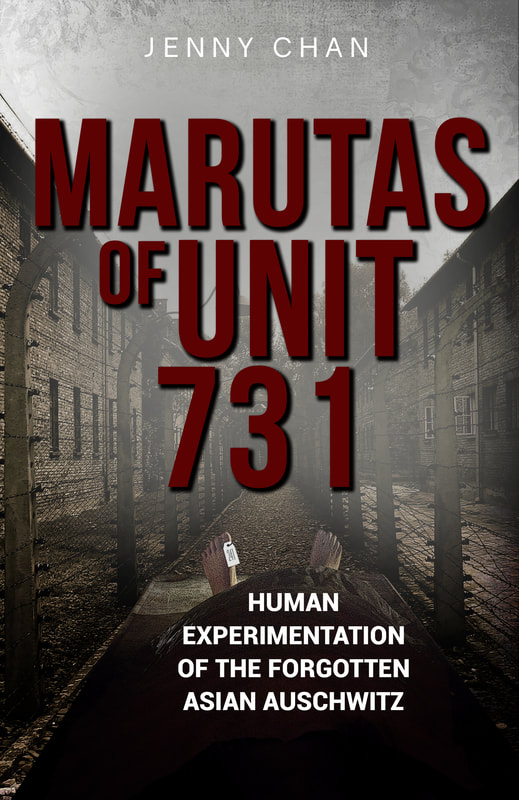Seeking Justice for Biological Warfare Victims of Unit 731
Evidence Collected by Wang Xuan
|
Unit 731 was established in Harbin during the Sino-Japanese War as a covert biological warfare research & development section of the Imperial Japanese Army. Besides using human experimentation, doctors and scientists developed lethal biological weapons as an efficient way to win the war against the world.
In about a decade of existence, those at Unit 731 produced a massive amount of germs, enough to kill the world three times over. Germ weapons such as anthrax, glanders, and the bubonic plague were, in fact, deployed in China during the war. In the Chongshan Village of Yiwu, Zhejiang Province, an epidemic was caused by the IJA's biological weapons, and many innocent civilians perished. Survivors of the incident ended up with rotten legs and, to this day, are unable to live normal lives due to the attack. Wang Xuan has been uncovering the truth and fighting for justice for these victims of biological weapons during World War II. This book provides primary documents from the Rockefeller Institute, CIA, and other government agencies, obtained through the National Archive and Records Administration. |

